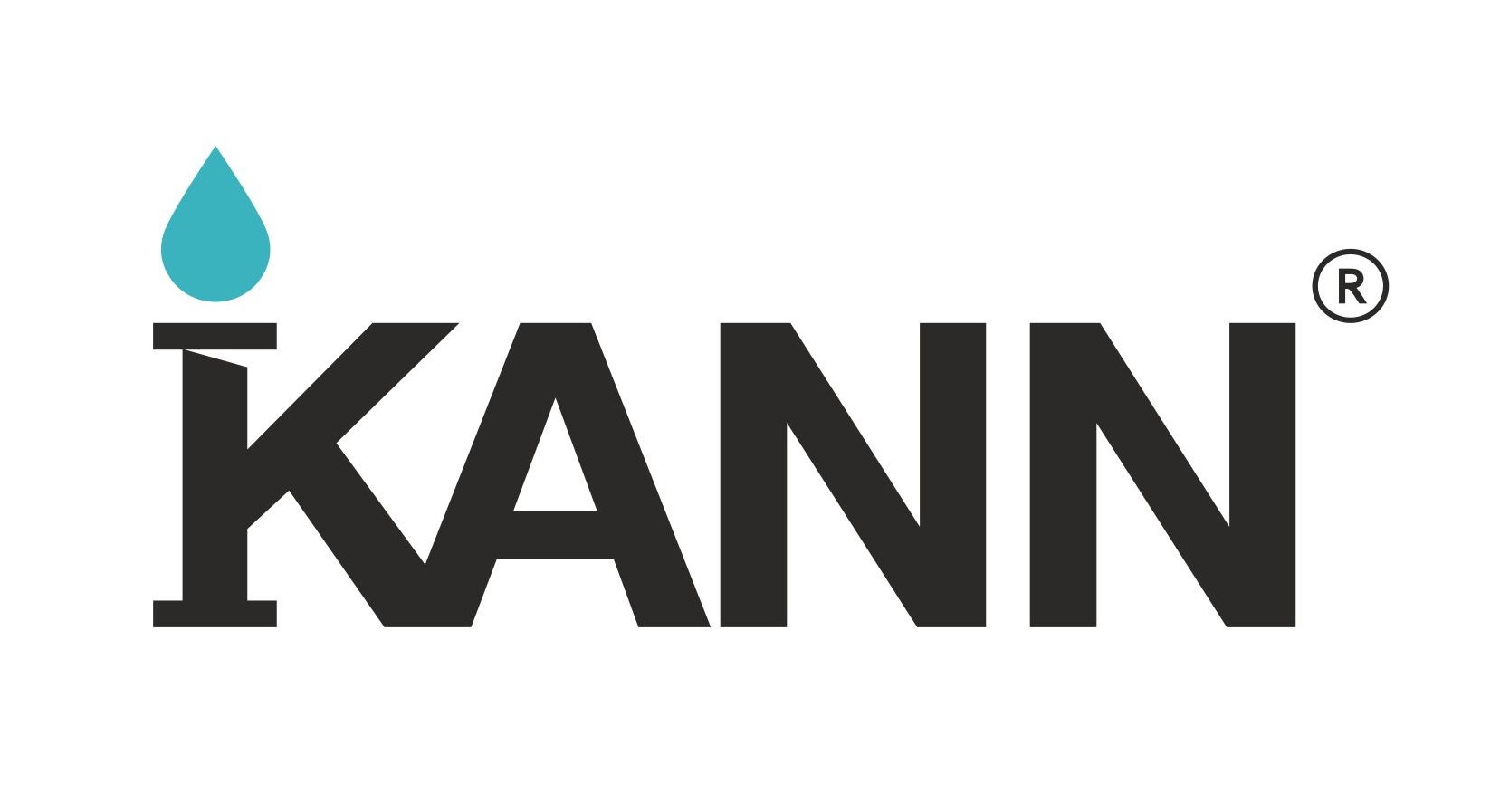Sand separators
KANN series P
The company LLC "KANN PROJECT" manufactures the KANN series P sand trap for sewage systems, which is designed for the initial stage of wastewater treatment.
The KANN series P sand traps are designed for the initial stage of cleaning stormwater and industrial surface runoff. Acting as a connecting structure within the sewage treatment system, the sand trap functions to retain small and large debris, sand, dirt, silt, and partially hydrocarbons present in the stormwater, domestic, and industrial wastewater. Up to 75% of solid fractions settle at the bottom of the sand trap, while the purified water continues to flow downstream. The polyethylene body: the plastic sand trap is resistant to weather conditions and is characterized by the strength and lightweight of its construction.
Our treatment plants have all the necessary certificates and expert opinions.
Basic equipment: sand level signaler, maintenance well 700-1000mm with shut-off hatch, ventilation riser, stationary ladder. Structurally, sand traps are divided into horizontal and vertical types. The product type is determined based on the performance of the wastewater treatment plant, cleaning schemes, sludge treatment, characteristics of suspended solids, and layout solutions.
For the treatment of wastewater from industries and car washes containing a large amount of mechanical impurities, petroleum products, and various chemicals, KANN series WA recirculated water treatment units (UOWC) can be used.
Principle of Operation
of the Sand Trap (ST)
After the wastewater flow enters the silt trap by gravity, the flow is dissipated, and larger fractions of debris and sand with a hydraulic size of 15 mm/s and more settle due to the force of gravity.
Depending on the specifics of operation, several types of sand traps are distinguished, which may have some differences in the shape of the product, structural features, or the presence of additional elements that contribute to more intensive water purification.
Thus, the sand trap facilitates the primary (coarse) separation of waste, sand particles, and dirt from the incoming flow of wastewater.
Classification of sand traps (WRS) by type
Horizontal
sand separator
sand separator
Type of sand trap with linear water movement. It is used for removing sand particles with a hydraulic size of more than 15 mm/s from the surface wastewater. Such treatment systems are typically used both in industry and in individual construction.
Vertical
sand separator
sand separator
The process is carried out in the form of a vertical cylindrical tank. Solid fractions settle at the bottom, while the cleaned water exits through the outlet pipe. This type of sand trap allows for efficient use of land for construction projects, aimed at treating wastewater of relatively small volumes.
Tangential
sand separator
sand separator
It has a circular shape with the inlet pipeline positioned tangentially. In this design, each particle experiences, in addition to gravity, the influence of centrifugal force (the water spirals), which promotes more efficient separation of solid inclusions.
Aerated
sand separator
sand separator
A type of sand trap equipped with an aeration system that is installed along the walls of the sand trap. They are characterized by stable operation with varying flow rates and effective washing of sand from organic matter. They can be used to capture floating pollutants (grease, petroleum products, etc.).
Local Wastewater Treatment Facilities (LWTF) KANN®
for the treatment of wastewater containing sand, oil, and grease
They represent local wastewater treatment facilities (LWF) designed for the comprehensive treatment of sand-containing and oil-containing surface and industrial wastewater. Oil-containing wastewater can include runoff from garages, parking lots, auto repair shops, gas stations, service stations, fuel depots, parking areas of shopping centers, and compressor station areas.
Sand separators
KANN®
KANN®
Local treatment facilities (LTF) designed for the purification of sand-containing surface and industrial wastewater from the infiltration of suspended sand particles and other debris into the stormwater drainage system through sedimentation. Typically, these are discharges on the territory of industrial facilities where there is a high degree of wastewater contamination.
Local treatment facilities (LTF) are designed to purify wastewater containing fats, preventing oily substances from entering the sewage system. These are primarily the wastewater from catering establishments, grocery stores, and manufacturing enterprises in the food industry. These treatment facilities help prevent clogging in urban communications.
